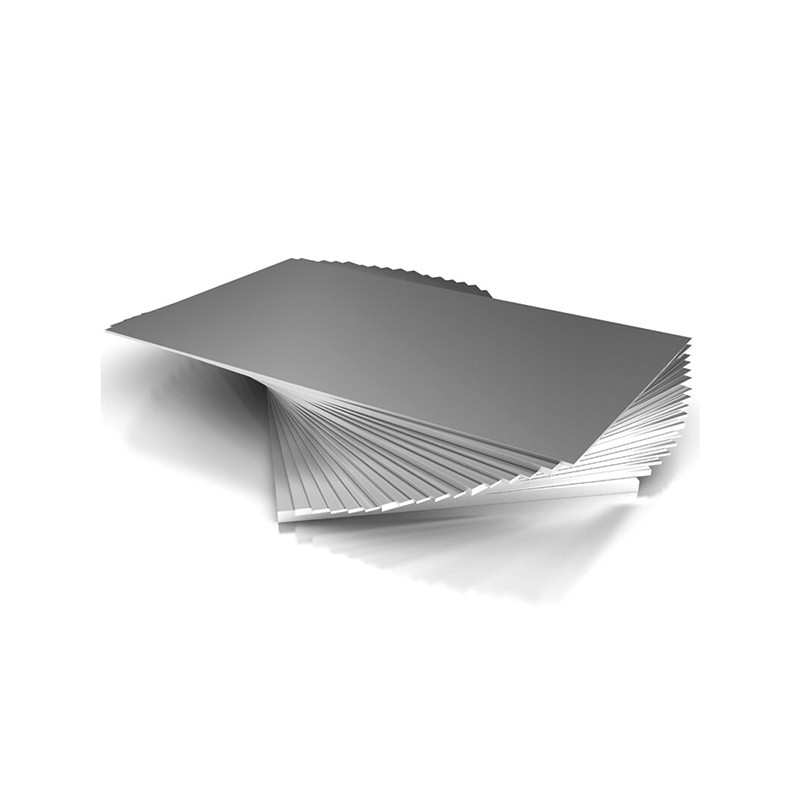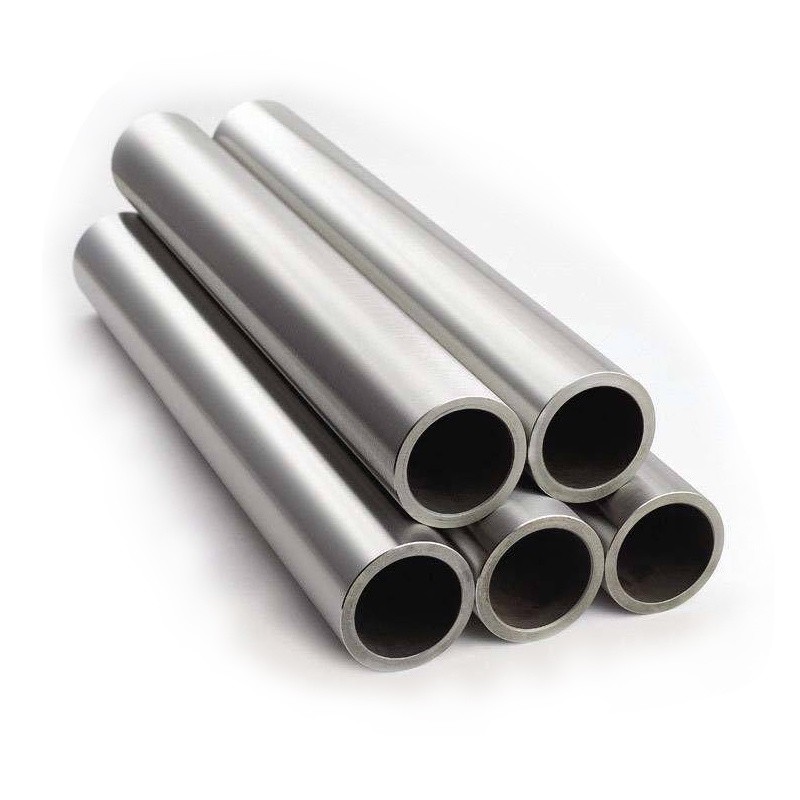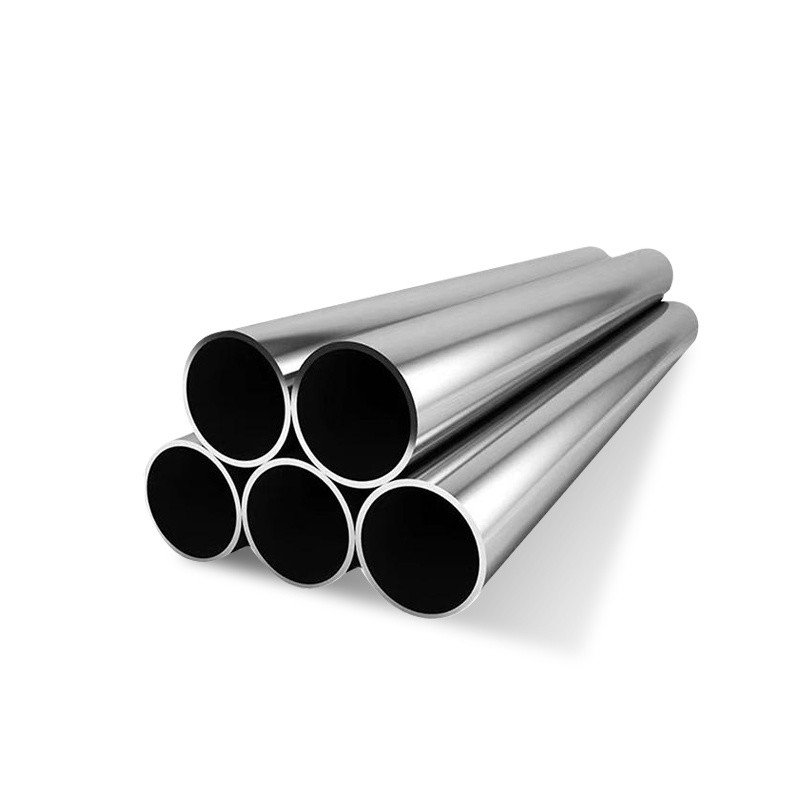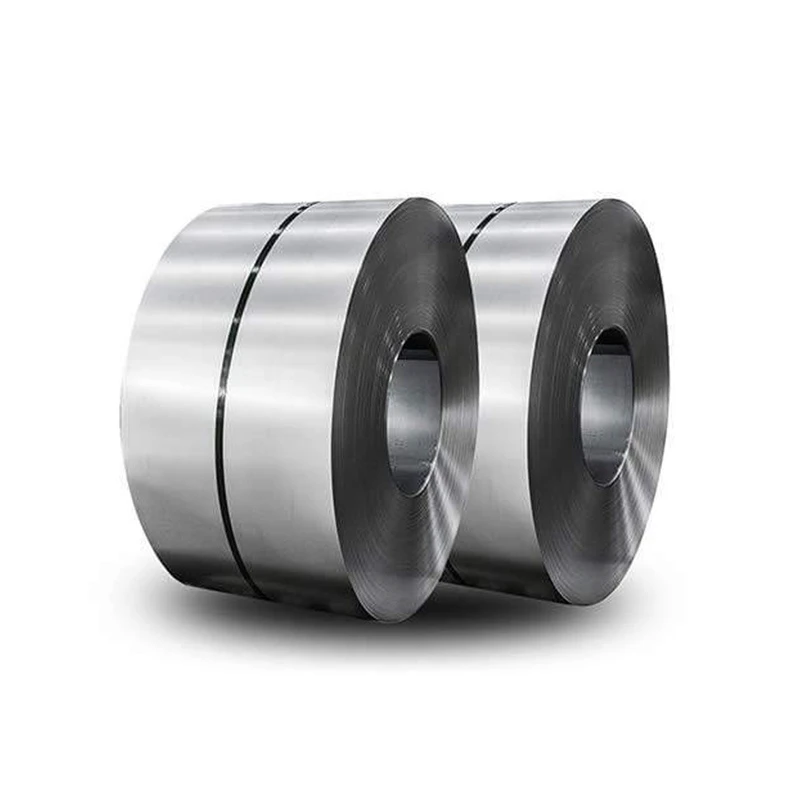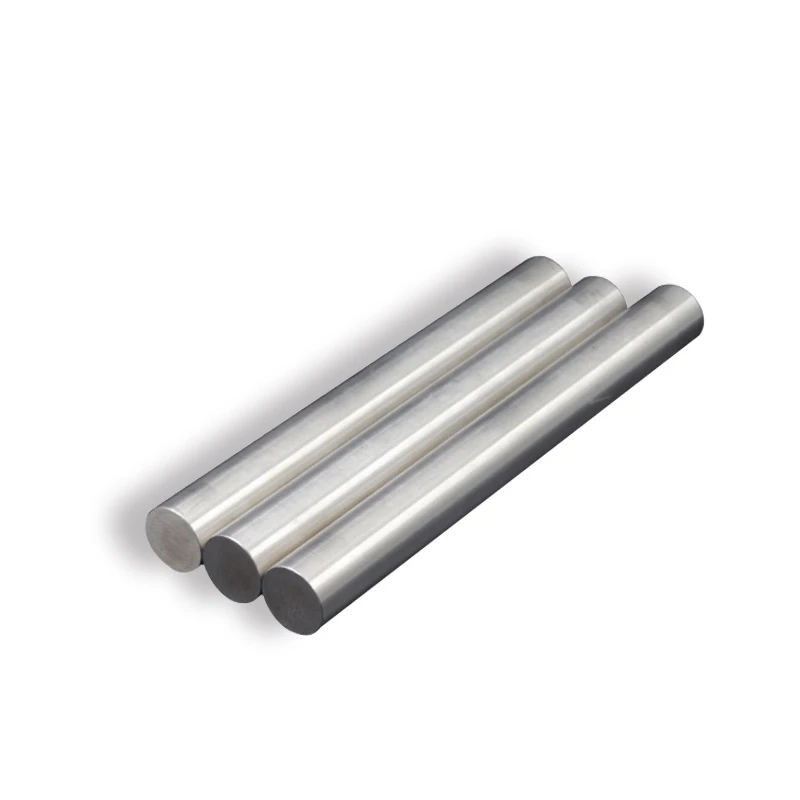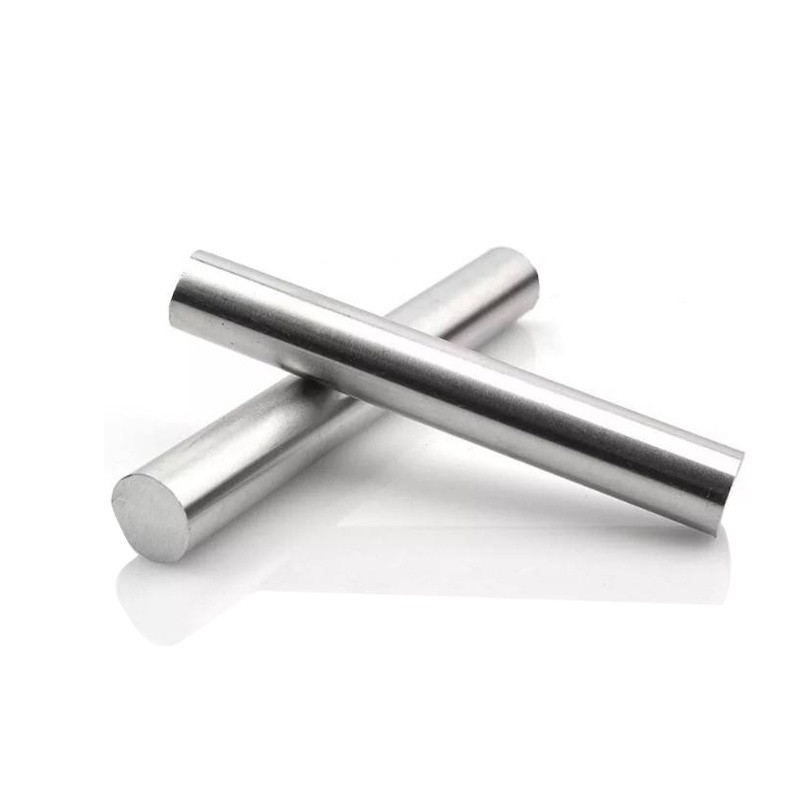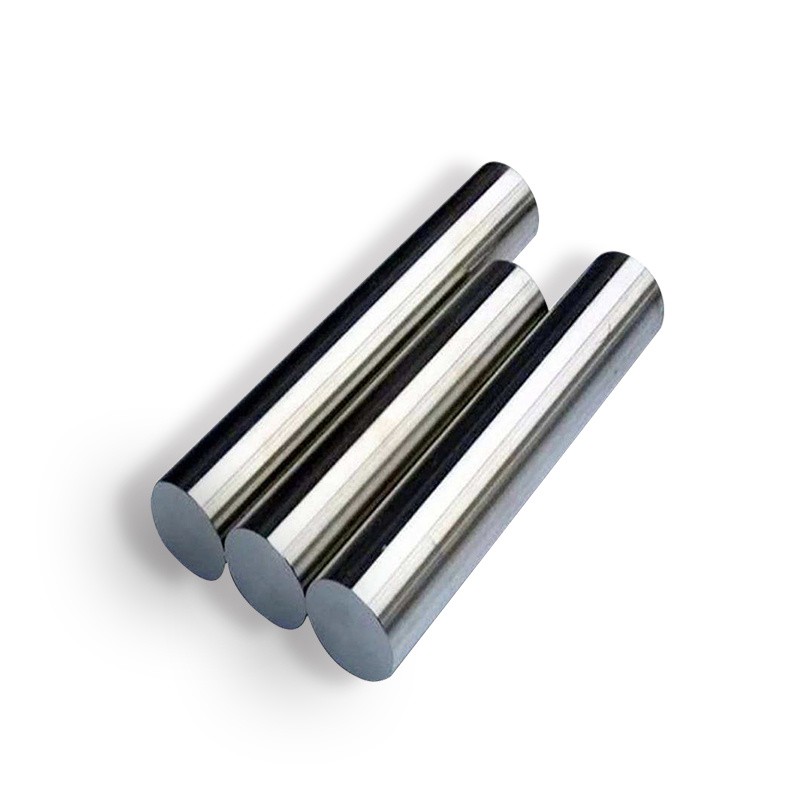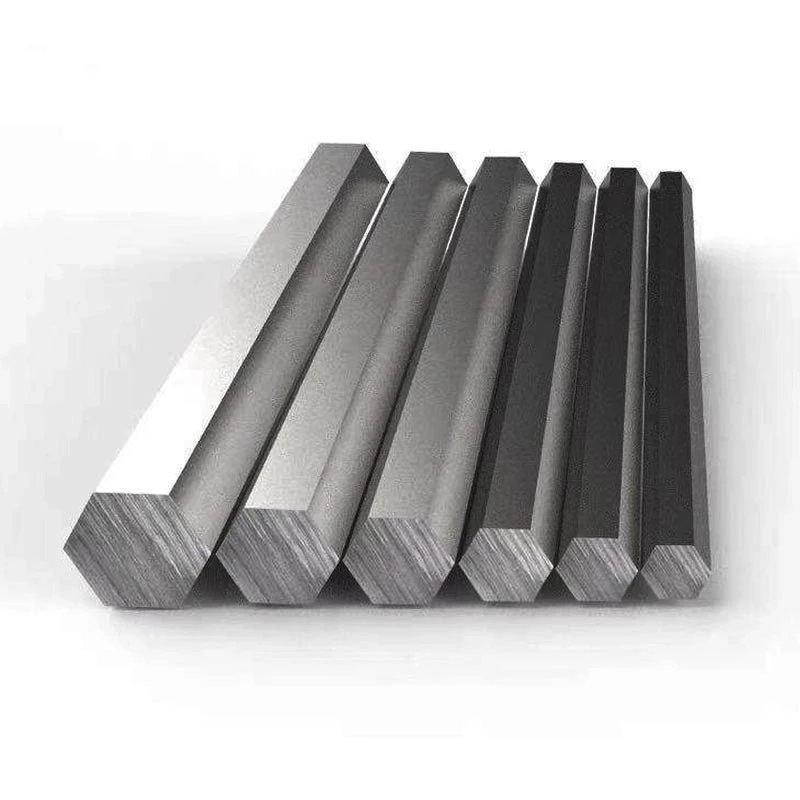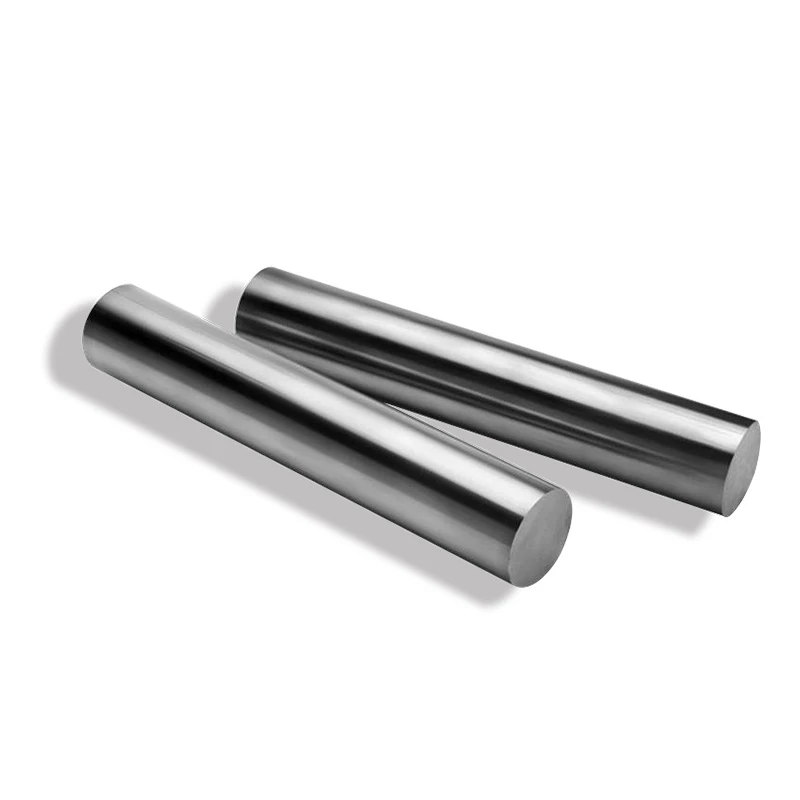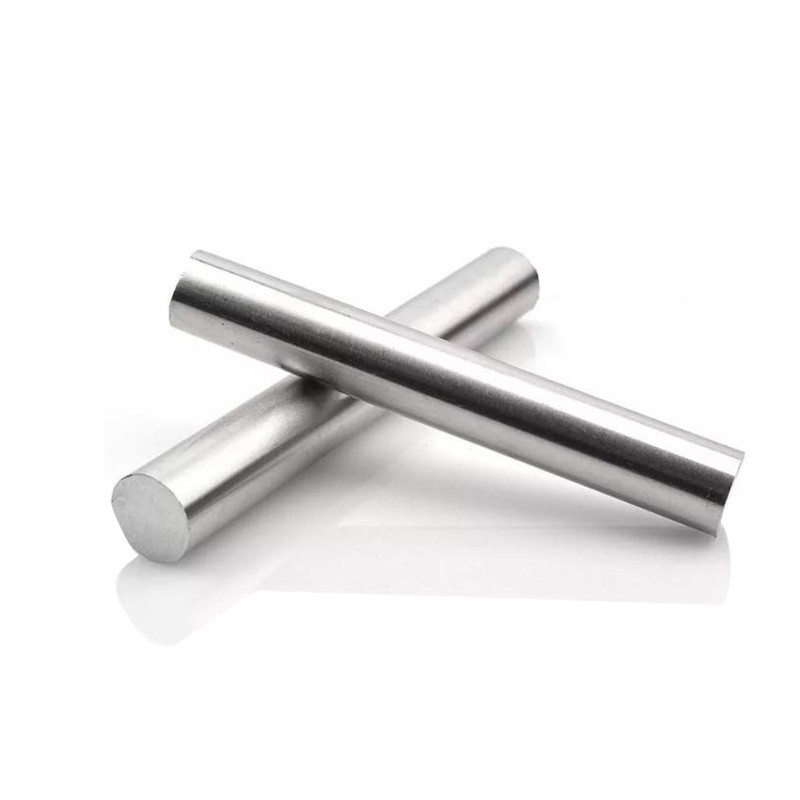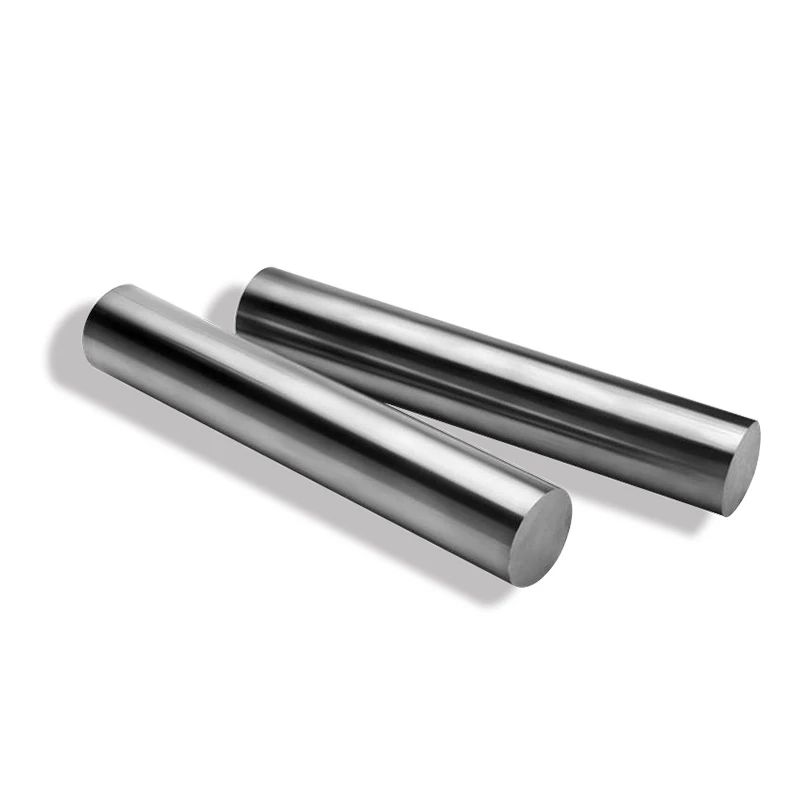
CATEGORIES
FEATURED PRODUCTS
303 Stainless Steel Plate
We offer this product and related grades with 100% factory direct pricing and free quotes available within 24 hours.
APPLICATION SCENARIOS

OUR ADVANTAGE

Certificate of Honor

PARTNER

Our Factory

At Luokaiwei, we produce 303 stainless steel plates (UNS S30300) specifically designed for applications demanding extreme machining efficiency. Unlike standard 304 grades, our 303 plates contain 0.15–0.35% sulfur, which forms manganese sulfide (MnS) inclusions that fragment chips during cutting—reducing tool wear by 30% and enabling feed rates 2× faster than 316L. While maintaining core austenitic properties (18% Cr, 8% Ni), this alloy sacrifices minimal corrosion resistance for unmatched manufacturability in CNC lathes, screw machines, and high-volume fastener production.
Performance Advantages: Where 303 Excels
-
Unrivaled Machining Characteristics
-
Achieve Ra ≤ 0.8 μm surface finishes even with aggressive feeds—ideal for optical bushings, valve stems, and medical device threads.
-
Sulfide inclusions lower cutting resistance by 25%, extending carbide tool life to 15,000+ cycles vs. 304’s 5,000 cycles.
-
Available in “Ugima” enhanced variants with added copper (1.5–3.5% Cu) to further suppress work hardening during drilling/tapping.
-
-
Balanced Mechanical Properties
-
Tensile Strength: ≥520 MPa
-
Yield Strength: ≥205 MPa
-
Elongation: ≥40%
-
Hardness: ≤187 HB (soft-annealed state)—prevents cracking during thread rolling.
-
-
Thermal & Environmental Limits
-
Intermittent oxidation resistance up to 870°C (e.g., furnace baffles), but avoid 425–860°C continuous service due to carbide sensitization risk.
-
Withstands mild acids (nitric acid ≤20%), but avoid chloride-rich environments (seawater, bleach)—sulfides initiate pitting within 48 hours.
-
Product Parameters
| Product Name | 303 Stainless Steel Plate |
| Type | Plate |
| Thickness | 0.3mm-200mm |
| Length | 2000mm, 2438mm, 3000mm, 5800mm, 6000mm, 12000mm, etc. |
| Width | 40mm-600mm, 1000mm, 1219mm, 1500mm, 1800mm, 2000mm, 2500mm, 3000mm, 3500mm, etc. |
| Standard | ASTM, AISI, JIS, GB, DIN, EN, etc. |
| Surface | BA, 2B, NO.1, NO.4, 4K, HL, 8K, etc. |
| Scope of Application | Widely used in high temperature and electrical industry, medical equipment construction, chemical, food industry, agriculture and ship parts, food and beverage packaging,
Kitchen supplies, trains, airplanes, conveyor belts, vehicles, bolts, nuts, springs and screens, etc. |
| Certificate | ISO, SGS, BV, etc. |
| Production Technology | Hot Rolling, Cold Rolling |
| Edge Processing | Edging, Trimming |
Technical Specifications
Table 1: Chemical Composition (Weight %)
| Element | ASTM 303 | 304 (Comparison) | Functional Role |
|---|---|---|---|
| C | ≤0.15 | ≤0.07 | Strength enhancer |
| S | ≥0.15 | ≤0.03 | Chip-breaking agent |
| Cr | 17.0–19.0 | 18.0–20.0 | Corrosion barrier |
| Ni | 8.0–10.0 | 8.0–10.5 | Austenite stabilizer |
| Mo | ≤0.60 | – | Optional creep resistance |
| Mn | ≤2.00 | ≤2.00 | Sulfide former |
Sources: ASTM A582, JIS G4303
Table 2: Mechanical & Physical Properties
| Property | 303 Plate | 304 Plate (Reference) |
|---|---|---|
| Tensile Strength | ≥520 MPa | ≥515 MPa |
| Yield Strength (0.2%) | ≥205 MPa | ≥205 MPa |
| Elongation | ≥40% | ≥40% |
| Hardness (Max) | 187 HB | 201 HB |
| Thermal Conductivity | 16.3 W/(m·K) | 16.2 W/(m·K) |
| Magnetic Permeability | Non-magnetic* | Non-magnetic* |
| *May develop slight magnetism after machining * |
Global Price Benchmarks (2025 Q3)
| Region | Price (USD/ton) | Key Cost Drivers |
|---|---|---|
| China | $5,150–$5,650 | Weak domestic demand (-7% YoY), EXW terms |
| EU | $7,200–$8,000 | EN 1.4305 certification, 22% VAT |
| USA | $8,300–$9,100 | AMS 5640 compliance, distributor markup |
| Japan | $8,800–$9,500 | JIS SUS 303 certification |
| *Note: Scrap 303 trades at $14,500–$18,200/ton—Luokaiwei offers buyback credits for turnings.* |
Critical Applications & Limitations
-
Recommended For:
-
Aircraft fittings, CNC-machined shafts, electrical switchgear components.
-
Medical instruments (non-implant): bone screws, dental drill housings.
-
Food processing: conveyor bushings, mixer blades in dry environments.
-
-
Avoid In:
-
Welded pressure vessels (HAZ sensitization causes intergranular corrosion).
-
Marine hardware or coastal structures (rapid chloride-induced pitting).
-
Continuous >425°C service (σ-phase embrittlement).
-
Processing Guidelines
-
Machining Best Practices
-
Tools: TiAlN-coated carbide with 15° positive rake angles.
-
Coolant: Emulsion-based (≥8% concentration) to prevent built-up edge.
-
-
Welding (If Unavoidable)
-
Use AWS E309L filler with 150°C preheat.
-
Post-weld anneal at 1040°C + rapid quench to restore corrosion resistance .
-
-
Heat Treatment
-
Solution annealing: 1010–1150°C → water quenching (prevents Cr-carbide precipitation).
-
Why Choose Luokaiwei’s 303 Plates?
-
Zero-Lead-Time Inventory: 8,000+ tons of semi-finished stock (thickness: 0.5–180 mm).
-
Custom Processing: Laser cutting (±0.1 mm tolerance), No. 4 brushed finish, or #8 mirror polish for aesthetic parts.
-
Certified Traceability: Mill Test Reports (MTRs) validating:
-
ASTM A240/ASME SA-240 compliance.
-
Sulfur homogeneity ≤0.005% segregation.
-
-
Global Logistics: DNV-GL certified packaging; 12-day delivery for EU/NA orders >15 tons.
5 Essential FAQs
-
Can 303 replace 304 in structural applications?
No—303’s sulfide stringers reduce transverse ductility by 15%; use only for non-load-bearing machined parts. -
Is passivation effective for improving corrosion resistance?
Partially—ASTM A967 nitric acid passivation removes surface sulfides but won’t eliminate subsurface MnS pitting sites. -
What’s the maximum chloride concentration tolerated?
≤50 ppm in stagnant water; switch to 316L if chlorides exceed 100 ppm or temperatures >40°C. -
Do you supply 303Cu plates with enhanced machinability?
Yes—Our Cu-modified variant (1.5–3.5% Cu) reduces cutting forces by 40% for micro-milling dental implants. -
Can plates be cold-formed into complex shapes?
Limited—Sulfur embrittlement causes edge cracking in bends <4× thickness; use 304L for deep-drawn enclosures.







